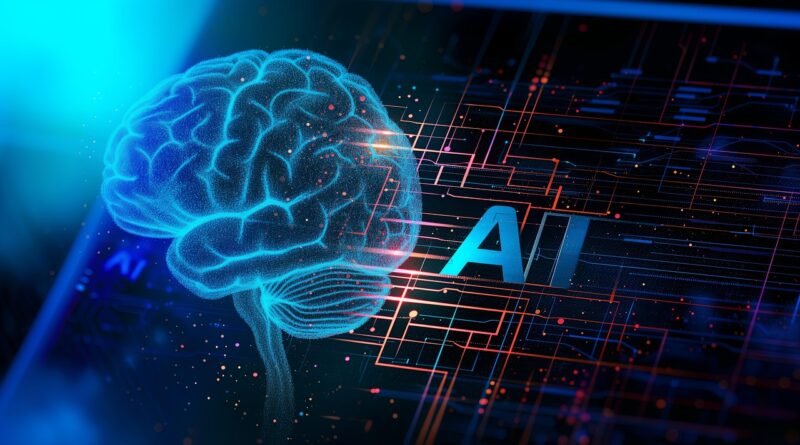Brain-Computer Interfaces in 2025: Unlocking New Dimensions of Human-Machine Interaction
Introduction
The boundary between humans and machines is blurring faster than ever thanks to advances in Brain-Computer Interface (BCI) technology. In 2025, BCIs are transitioning from experimental setups to practical applications that promise to redefine how we interact with technology, enhance cognitive abilities, and improve quality of life.
This article delves into the latest progress in BCIs, their emerging use cases, and the ethical considerations shaping this cutting-edge field.
What Are Brain-Computer Interfaces?
Brain-Computer Interfaces are systems that enable direct communication between the brain’s neural signals and external devices, bypassing traditional physical inputs like keyboards or touchscreens. This technology captures brain activity through sensors, processes the signals, and translates them into commands.
Latest Breakthroughs in 2025
- Non-Invasive Wearables: New lightweight, wearable BCIs using advanced EEG and optical sensors offer high accuracy without surgical implants.
- Improved Signal Processing: AI-powered algorithms enhance decoding of neural signals, increasing speed and reliability of brain-to-device communication.
- Multi-Modal Interfaces: Combining BCI with eye-tracking, gesture recognition, and voice control creates richer, more intuitive interaction.
- Clinical Trials: Expanded trials demonstrate BCIs restoring mobility and communication for patients with paralysis and neurodegenerative diseases.
Applications Revolutionizing Daily Life
- Assistive Technologies: BCIs empower individuals with disabilities to control prosthetics, wheelchairs, or communication devices directly with their thoughts.
- Augmented Reality (AR) and Virtual Reality (VR): Brain-controlled AR/VR environments enable immersive experiences for gaming, training, and remote collaboration.
- Cognitive Enhancement: Early-stage research explores BCIs that boost memory, focus, or learning abilities, potentially transforming education and work.
- Mental Health Monitoring: Real-time brain activity analysis aids in detecting and managing conditions like depression, anxiety, and PTSD.
Ethical and Practical Challenges
- Privacy and Security: Brain data is highly sensitive, raising concerns about unauthorized access and misuse.
- Informed Consent: Ensuring users fully understand risks and benefits is crucial, especially for invasive procedures.
- Accessibility and Cost: Making BCI technology affordable and available to diverse populations remains a challenge.
- Long-Term Effects: Research on the long-term impact of BCI use on brain health and psychology is ongoing.
Future Prospects
The coming decade promises significant growth in BCI capabilities and adoption. Key trends include:
- Hybrid Neural Interfaces: Combining invasive and non-invasive methods for optimal performance.
- Integration with AI: Personalized AI assistants responding directly to neural commands.
- Expanded Consumer Applications: From entertainment to productivity tools controlled by thought.
- Regulatory Frameworks: Developing standards for safety, privacy, and ethical use.
Conclusion
Brain-Computer Interfaces represent a frontier technology with the potential to transform human-machine interaction profoundly. As BCIs advance in 2025, they offer exciting opportunities to enhance lives and open new dimensions of digital connectivity.
For developers, healthcare professionals, and policymakers, engaging with BCI innovations today will shape the future of technology and society.

